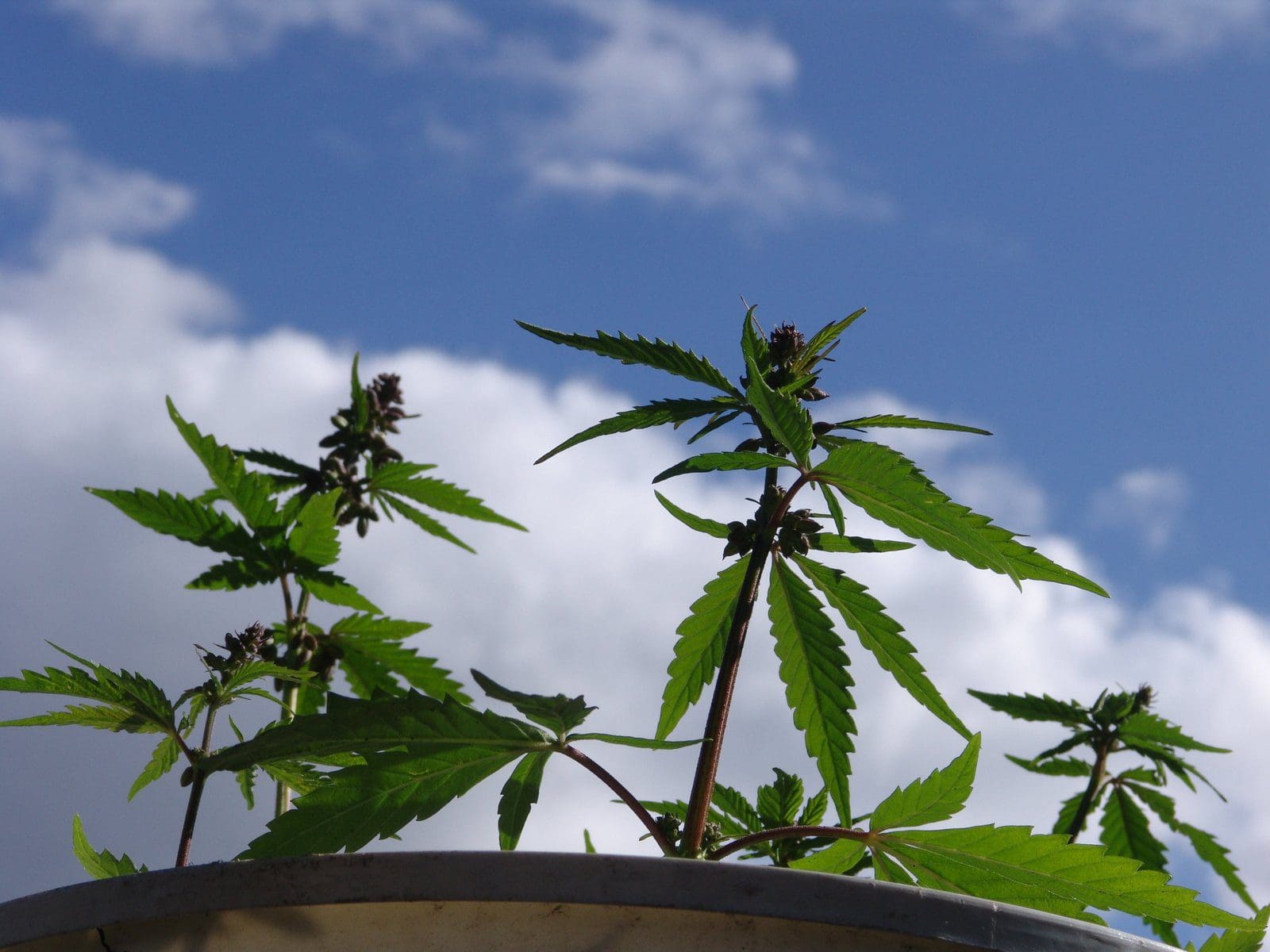Hemp, is one of the oldest cultivated crops, which was grown thousands of years ago in Asia as a food source. Ancient civilizations wove the strong and durable fibers into clothing and rope.1
It helped Christopher Columbus with the ships he sailed, both the sails and ropes were made of hemp and it was also placed between the planks to help the ships remain watertight.2
Two Plants With Completely Different Uses
Hemp (Cannabis Sativa)
In this form is cultivated outside the United States (however, the U.S. Government has allowed it to be grown for research purposes) for clothing, paper, dietary supplements, cosmetics, foods, biofuels, and bioplastics. European hemp has less than 0.3% of the psychoactive compound tetrahydrocannabinol (THC), as measured in dried flower tops.3Marijuana (Cannabis Sativa)
This cannabis sativa is cultivated to maximize the THC content, which is focused in the United States, and used exclusively for recreational and medicinal purposes.How Hemp Helps The Body
Foods made from the plant are processed from the plant's seeds and are quite common. Common foods include granola, roasted seeds, milk, and butter. These foods do not appear on drug tests when consumed.The European strain offers a variety of health benefits without the side effects of the THC.
Protein
Powder is made from the oil the of the seeds and then processed into powder. The result is a complete protein that contains all nine essential amino acids plus omega fatty acids and fiber4. When compared to whey or animal protein, hemp powder is low in lysine and leucine.Can't Stand Fish?
For essential fatty acids, seeds are rich in healthy fats, which include omega-3,6, and 9 fatty acids. It also contains linoleic acid, and gamma-linolenic acid (GLA).5Health Benefits Of Phytocannabinoids
The stalk of the plant contains natural compounds called phytocannabinoids. When eaten, they interact with the body's endocannabinoid system (ECS) and help with stress, as well as, relieve aches, pains, and discomfort. Phytocannabinoids also support brain, bone, digestive health, and promote immune and metabolic function.The plant contains over 80 different phytocannabinoids that help supplement the cannabinoids in your body makes naturally and support the ECS.6 Legally stalk extracts that are imported from outside of the United States must have less than 0.3% THC.
Legality
Since 1970, cultivation of cannabis sativa from both the hemp and marijuana plants have been illegal in the U.S. under the federal Controlled Substances Act. Even though some States have legalized marijuana and the federal Farm Bill of 2014 allows States to issue licenses for limited and experimental growth, federal law still prohibits the domestic cultivation, sale, and distribution.8Hemp products such as, paper, rope, clothing, and bioplastics, have always been available in the United States. Federal law never banned the importation of these products, as long as, the THC content is less than or equal to 0.3 percent.8
Now with people interested in plant nutrition there is a larger availability of hemp-derived foods. These foods are made from sources outside of the U.S. These sources only contain a minimal amount of THC, and are completely legal.
When Buying Hemp Products
When buying a hemp products, make sure that it is made from imported industrial hemp. Buy brands that manufacture with Good Manufacturing Practice (GMP) standards and test their products purity and quality.- Food purchases should be from major brands and reputable sources. It's best to go with organic products, which do not contain pesticides.
- Hemp oil products should be organic and cold processed. These oils should be refrigerated to avoid rancidity.
- When buying hemp protein, find brands, which list amino acid content. There should be no additives, i.e. a lot of sugar.
Cannabidiol (CBD) & Phytocannabinoids
References
- http://www.ancient-origins.net/history/cannabis-journey-through-ages-003084. [Accessed March 19, 2018]
- http://hashmuseum.com/en/collection/columbus-and-cannabis. [Accessed March 19, 2018]
- Johnson R. Hemp as an agricultural commodity. Washington, D.C. Library of Congress Congressional Research Service, 2014.
- Callaway J. Hempseed as a nutritional resource: An overview. Euphytica 2004;140(1-2):65-72.
- Leizer C, Ribnicky D, Poulev A, et al. The composition of hemp seed oil and its potential as an important source of nutrition. J Nutraceut Func Med Foods 2002;2(4):35-53.
- Borgelt L, Franson K, Nussbaum A, Wang G. The pharmacologic and clinical effects of medical cannabis. Pharmacotherapy 2013;33(2):195-209.
- Cherney J, Small E. Industrial hemp in North America: production, politics and potential. Agronomy 2016;6(4):58.
- Mead A. The legal status of cannabis (marijuana) and cannabidiol (CBD) under U.S. law. Epilepsy Behav 2017;70(Pt B):149-153.






